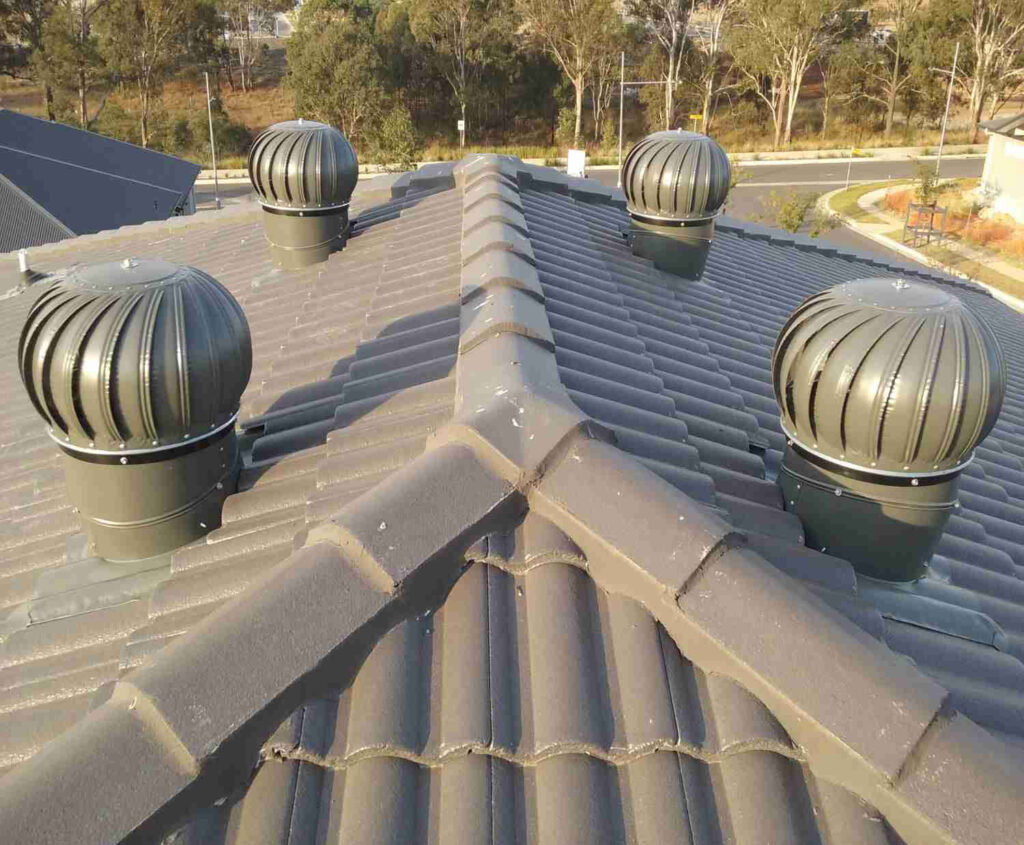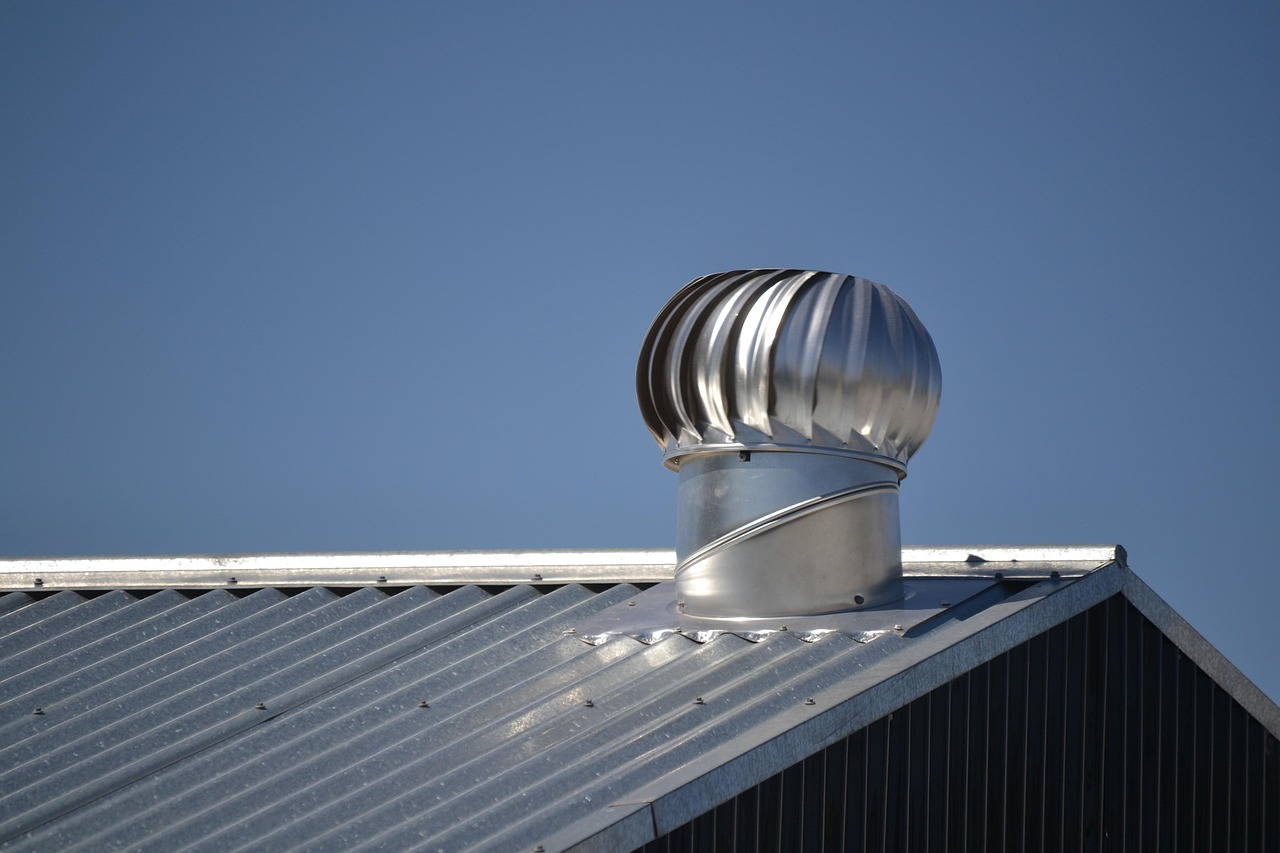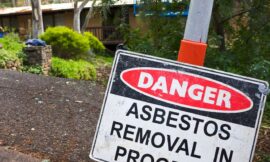Australia is a land well-known for its year-round good weather, and in summer, temperatures can soar to 40 degrees or even higher! If you’re an Australian homeowner, you’ve probably tried lots of different methods to keep your home cool.
If you’ve been thinking about trying roof ventilation, then you may have come across whirlybirds already. These simple devices are designed to provide ventilation to your home and keep it cool! But would your home benefit from a whirlybird vent? After reading this article, you’ll know the answer to that question!
This article will explore how whirlybirds work, their impact on home cooling, mould prevention, health benefits, and even how they can protect against termites and wood rot! We’ll also discuss how they can benefit commercial buildings and how many you might need to install! By the end, you’ll have a clear understanding of whether a whirlybird vent is a smart investment for your Australian home or business!
How Do Whirlybirds Work?
Whirlybirds, which are also called turbine vents, are a type of passive roof ventilation system that regulates the temperature and moisture levels inside your home. These vents are wind-powered, so they can operate without electricity. This makes them a great energy-efficient and cost-effective solution for improving airflow in your home!
Whirlybirds are usually made of aluminium, stainless steel, and plastic, which are materials that are durable, weather-resistant, and low-maintenance. Some advanced models even feature ball bearings for smoother operation. So, what benefits can these clever vents bring to your home? Let’s find out!
Keep Your Australian Home Cool

Australia’s intense summers can make your home unbearably hot, especially when roof cavities trap heat, causing temperatures to rise! Whirlybird vents help fight this issue by continuously extracting hot air from your roof space. This stops heat from building up and allows cooler air to circulate. The natural ventilation process enhanced by whirlybirds can reduce indoor temperatures, making your home more comfortable without relying on air conditioning all the time.
Homes with metal or dark-coloured roofs absorb and retain heat more than lighter-coloured or tiled roofs, making whirlybird vents a great choice. Houses with poor insulation or limited airflow can also benefit greatly, as whirlybirds help expel trapped heat that would otherwise radiate down into your living areas. Single-story homes tend to experience more heat retention than multi-story homes, making whirlybirds especially useful for bungalows and houses with large roof spaces!
If your home is located in one of Australia’s hotter and drier climates, such as those in Perth, Adelaide, and inland regions, you can see a noticeable cooling effect from whirlybirds.
Prevent Moisture And Mould Growth
Too much moisture in your home can lead to serious problems, including mould growth, mildew, and structural damage! In humid climates, moisture can accumulate in roof spaces, creating the perfect environment for mould to thrive. This is where whirlybird vents come in! By continuously extracting humid air from the roof cavity, whirlybirds help prevent condensation buildup, reducing the risk of mould and water damage.
Homes in tropical or high-rainfall areas would benefit a lot from whirlybirds, as these locations are more prone to moisture-related issues. Older homes with poor ventilation and houses with metal roofs are also at higher risk of condensation buildup, making Whirlybirds an excellent addition. Homes with evaporative cooling systems often experience increased humidity levels, which can also be managed more effectively with proper roof ventilation!
By reducing excess moisture, whirlybirds protect your timber framing, insulation, and ceiling materials from deterioration. This not only enhances indoor air quality but also helps prevent costly repairs caused by water damage! Whether you live in a humid coastal town or a home with poor airflow, installing whirlybirds is a simple yet effective way to safeguard your home against mould and moisture problems.
Improve Your Health

Mould, mildew, and dust mites can all negatively impact your health. Mould growth is particularly concerning, as it releases airborne spores that can trigger allergies, asthma, and respiratory infections. Symptoms such as coughing, wheezing, skin irritation, and sinus congestion are common in homes with poor ventilation and high humidity levels. Over time, prolonged exposure to mould can lead to chronic respiratory conditions and weaken the immune system, especially in children, the elderly, and individuals with pre-existing health issues.
Whirlybirds help combat these health risks by improving airflow and reducing indoor humidity levels. They continuously extract stale, moisture-laden air from the roof cavity, which prevents condensation from forming and reduces mould and bacteria growth. This encourages a healthier living environment with cleaner, fresher air. Whirlybirds also help remove indoor pollutants such as volatile organic compounds (VOCs) and airborne allergens, creating better air quality inside your home. So, if you’re concerned about your health and the effects of mould growth within your home, installing a whirlybird could be a great choice for you!
Stop Termites and Wood Rot
Moisture buildup in a home’s roof and wall cavities can create another serious issue for homes! It provides the perfect environment for termites and wood rot to thrive. Whirlybird vents help by reducing humidity levels and preventing damp conditions that attract destructive pests. This makes them especially beneficial if you live in a tropical or coastal region of Australia, like Queensland and Northern New South Wales, where high humidity levels increase the risk of termite infestations and timber decay.
Termites are drawn to damp, rotting wood, and once they infest a home, they can cause thousands of dollars in structural damage. Proper ventilation through whirlybirds helps keep wooden framework and roofing timbers dry, making it less appealing for termites to settle in. By reducing moisture accumulation, whirlybirds can slow down or prevent wood rot, which weakens timber structures over time and may require expensive repairs.
Homes with timber framing, wooden roof trusses, or older constructions are particularly vulnerable to these issues. Even houses with brick exteriors may have internal wooden structures at risk of moisture damage! If your home has any of these features, you should consider installing whirlybird vents to protect your home from the potential issues caused by termites and wood rot.
Cool Your Commerical Property
Keeping a commercial property cool is essential for maintaining a comfortable environment for your employees, customers, and equipment. Many businesses, especially those operating in large warehouses, factories, retail stores, and office buildings, struggle with excessive heat buildup, particularly in Australia’s hot climate! Installing whirlybird vents can be the perfect way to improve airflow, reduce heat, and create a more productive and pleasant workspace.
The same is true with your home: Whirlybirds lower indoor temperatures, reduce reliance on air conditioning and help your business cut down on electricity costs. In warehouses and manufacturing plants, where machinery generates additional heat, proper ventilation is essential to prevent overheating and maintain a safe working environment!
Retail stores and office buildings can also benefit from excessive heat, as it can make customers uncomfortable and lower employee productivity. Restaurants and commercial kitchens, which produce high levels of heat and humidity, can use whirlybirds to enhance ventilation and maintain air quality. Even storage facilities and data centres, where temperature control is crucial to protect goods and equipment, can benefit from improved airflow! Really, any business looking to improve comfort while saving on cooling costs can benefit from installing whirlybird vents.
How Many Whirlybirds Do You Need?

So, if you’ve decided that your home could benefit from installing a whirlybird vent, the next question you need to answer is: how many whirlybirds do you need to install?
The answer to that question varies depending on your roof size, ventilation requirements, and local climate conditions. Most homes require one whirlybird per 50 to 90 square metres of roof space. However, larger homes or those in particularly hot and humid regions may benefit from additional vents to maximise airflow and cooling efficiency.
If your goal is to reduce indoor temperatures, more whirlybirds may be necessary, especially for homes with dark roofs that absorb heat. Or, if your primary concern is moisture control, fewer vents may be needed, particularly in drier climates. Homes with steep or complex roof designs might also require more vents to ensure proper air circulation across different sections of the attic or roof cavity.
For commercial buildings or warehouses, where roof spaces are significantly larger, multiple whirlybirds are essential to maintain adequate ventilation. In these cases, a professional assessment is recommended to determine the optimal number and placement.
While adding more whirlybirds can improve ventilation, it’s essential to strike a balance—too many vents can lead to unnecessary installation costs without significantly improving performance. Consulting a roofing or ventilation expert can help you decide on the ideal setup for your unique needs!
Reap The Benefits of Installing A Whirlybird Vent!
Installing a whirlybird vent is a simple and cost-effective way to improve ventilation in your Australian home or business. By reducing heat buildup, preventing mould growth, and even deterring pests like termites, whirlybirds help create a cooler, healthier, and more comfortable home! With no electricity required and minimal maintenance, they offer long-term savings on energy bills while protecting your property from moisture damage. Whether you’re looking to cool your home, improve air quality, or enhance roof ventilation, a whirlybird vent is a wise investment that delivers year-round benefits for both residential and commercial properties!




